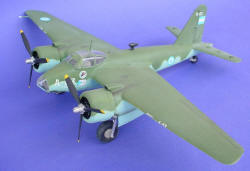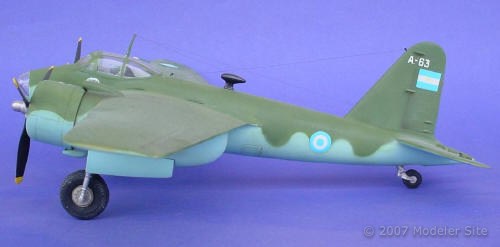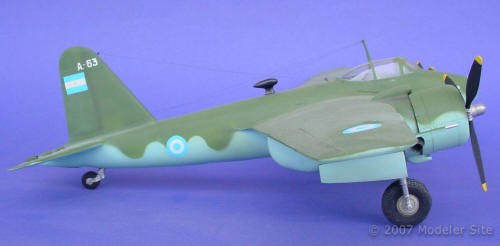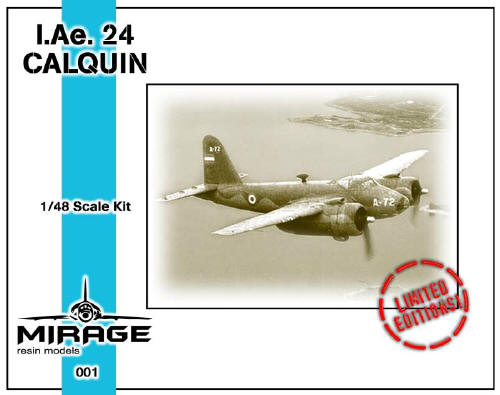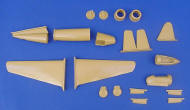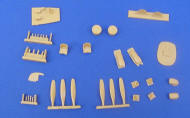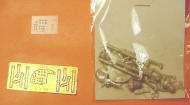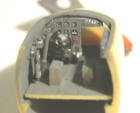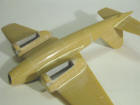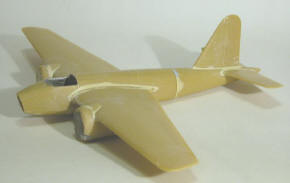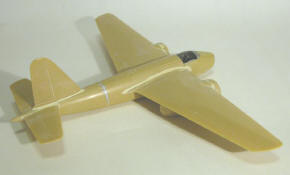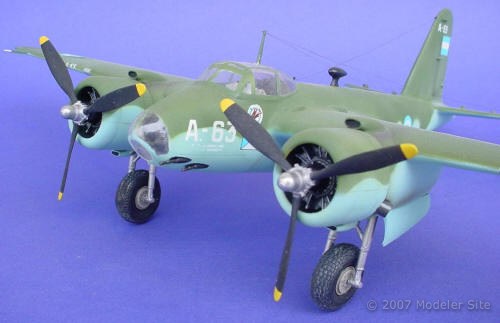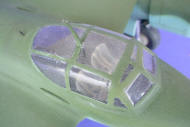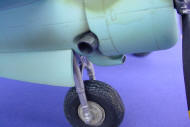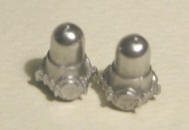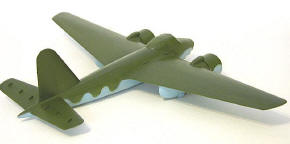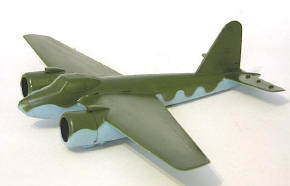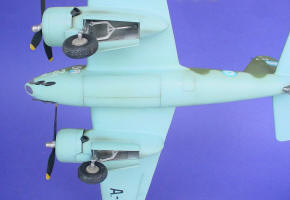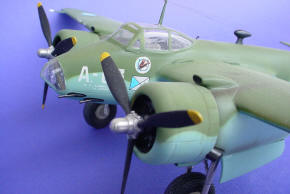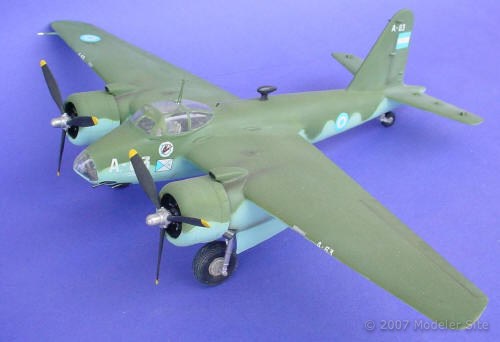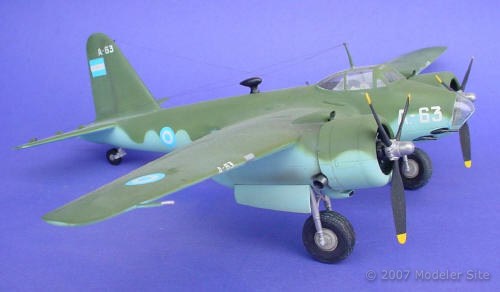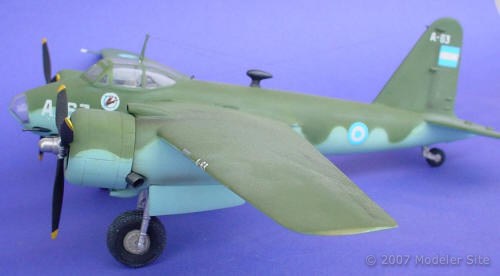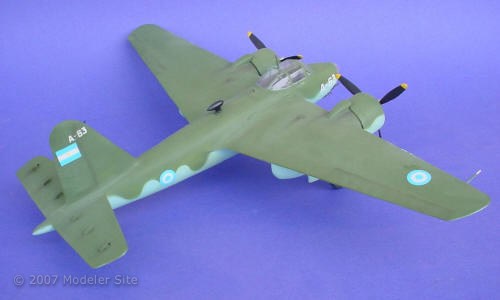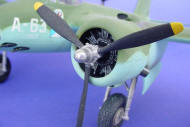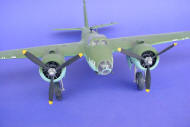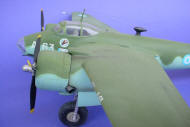|
Airplanes |
|
||||
|
Building the IA-24 Calquin Mirage Models 1/48 scale |
|||||
|
by Marcelo E. Russo © 2007 Modeler Site |
|||||
|
Legal Notice No material from Modeler Site any Web site owned, operated, licensed, or controlled by Damian Covalski may be copied, reproduced, republished, uploaded, posted, transmitted, or distributed in any way, except that you may download one copy of the materials on any single computer for your personal, non-commercial home use only, provided you keep intact all copyright and other proprietary notices. Modification of the materials or use of the materials for any other purpose is a violation of Damian Covalski's copyright and other proprietary rights. Read More here > Legal notice In view of the need to count with a twin-engined and light bombing aircraft , the “Instituto Aerotecnico” based its development in the De Havilland DH-98 Mosquito. The first parts started to be manufactured in April 1945 and the subject was finished around the middle of February 1946, coming up in this way the IA-24 Calquin (Aguila Real).
Altogether, a prototype and 100 units were built and finished in 1950. The Instituto Aerotecnico decided to install two Pratt &Whitney R-1830-G 1050HP engines (purchased from the United States, ridiculously cheap) with metal three-blade variable pitch propellers Hamilton Standard Hydornatic 23-E-50. These engines reached 400 Km/h as maximum speed. The aircraft saw service in several Argentine Air Force units until 1957 when they were retired from active service. The last of them, the A-72 was retired in 1959. The IA-24 Calquin was developed in three versions, all of them with 4 machine-guns of 0,50 caliber with 750 rounds each, placed on the lower area of the nose. The bomber version could load 200 kg in its bomb bay (two bays of 100 kg, or 18 of 15kg); in its attack version, the machine-guns ammunitions increased up to 1170 rounds each gun, while in the assault version, each wing could load up to 5, 75MM rockets The model Mirage Models launch themselves putting on the market this kit that represents one of the so many chapters of the Argentine aeronautical industry in their attempt to be less dependent on foreign models. This is a limited run kit.
At first sight, I was a little disappointed since it seemed to lack of details and panel lines, but after studying the references very carefully, I could find that the real thing lacked of access panels, due to the simple reason that it was a manufactured wood product, so there were no visible joints, thus the lack of the panels we are so accustomed to find. After the first impression, I can say that its construction was straightforward, a good quality resin kit offering no problems of fit. The high quality white metal parts may be polished and used with their natural metal finish such the case of the propeller spinners. The kit provides two vacuformed parts (for each clear part) which offer no problems of fit. The etched parts are right and necessary ones to detail what really resembles a Spartan cockpit. Building
The landing gears support the kit weight perfectly thanks to the high quality material used. Painting The painting job was accomplished according to instructions that show the exact colors to match the real aircraft. The kit supplies decals to chose between two different airplanes with the same scheme that was the only one these airplanes used in its short active service. Well, I decided to paint mine to match the A-59, which is the showiest and represents one of the two airplanes used by the IV Air Brigade “El Plumerillo” located near the Andes Mountains in the Province of Mendoza. Conclusion The Calquin is a first release from Mirage Models who now give us the chance to add to our collection an exclusive and singular model based on a kit excellently-made and with not much time-consuming. Support us ordering our notes in PDF > Here |
|||||

